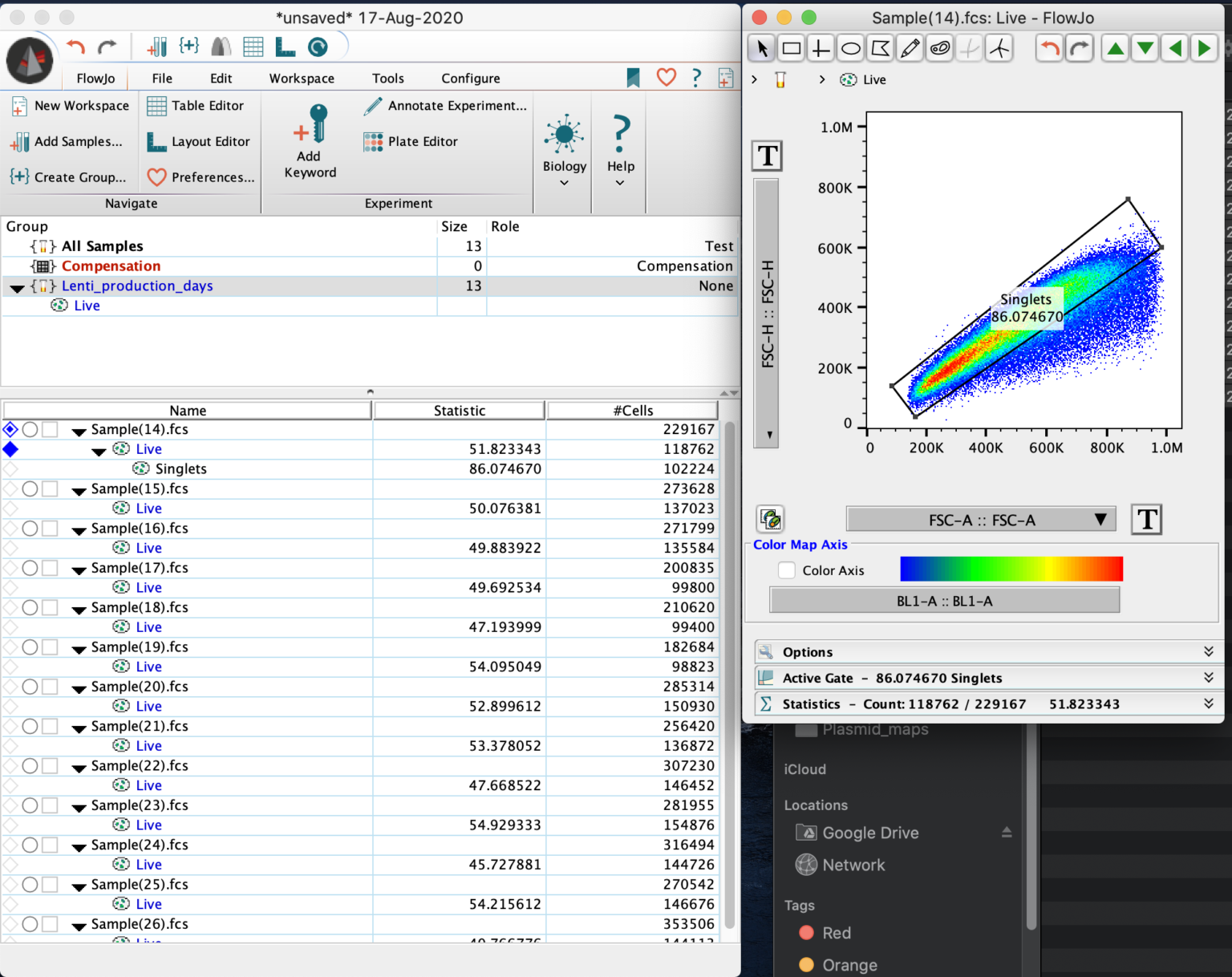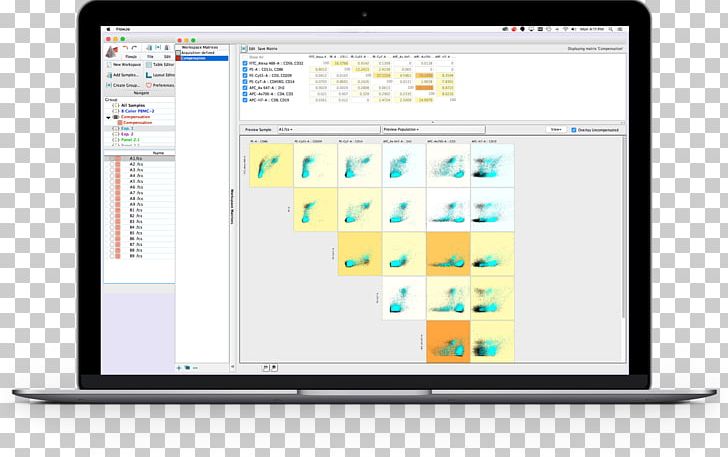

Ĭommon innate lymphoid progenitors may then be differentiated into a natural killer progenitor (NKp) or a common helper like innate lymphoid progenitor (CHILp). Similarly to CD4 + T H cells, a third category called T C17 were discovered that also secretes Interleukin 17.Īs for the ILCs, they may be differentiated into three main categories Īll type 1 cells begin their development from the common lymphoid progenitor (CLp) which then differentiates to become the common innate lymphoid progenitor (CILp) and the t-cell progenitor (Tp) through the process of lymphopoiesis. T H2 cells which produce IL-4, IL-5,and IL-13Ī third category called T helper 17 cells (T H17) were also discovered which are named after their secretion of Interleukin 17.ĬD8 + cytotoxic T-cells may also be differentiated into two main categories:.T H1 cells which produce interferon gamma and lymphotoxin alpha.This is achieved by the secretion of interferon gamma and TNF.ĬD4 + T-helper cells may be differentiated into two main categories: Type 1 immunity is directed primarily at viruses, bacteria, and protozoa and is responsible for activating macrophages, turning them into potent effector cells. It also plays a major role in transplant rejection. It is most effective in removing virus-infected cells, but also participates in defending against fungi, protozoans, cancers, and intracellular bacteria. Ĭell-mediated immunity is directed primarily at microbes that survive in phagocytes and microbes that infect non-phagocytic cells. Stimulating cells to secrete a variety of cytokines that influence the function of other cells involved in adaptive immune responses and innate immune responses.Macrophage and natural killer cell action: enabling the destruction of pathogens via recognition and secretion of cytotoxic granules (for natural killer cells) and phagocytosis (for macrophages) and.T-cell mediated immunity or T-cell immunity: activating antigen-specific cytotoxic T cells that are able to induce apoptosis in body cells displaying epitopes of foreign antigen on their surface, such as virus-infected cells, cells with intracellular bacteria, and cancer cells displaying tumor antigens.Synopsis Ĭellular immunity protects the body through: Some cell-mediated components of the innate immune system include myeloid phagocytes, innate lymphoid cells ( NK cells) and intraepithelial lymphocytes. In another ideology, the innate immune system and the adaptive immune system each comprise both humoral and cell-mediated components. Activated effector T cells can be placed into three functioning classes, detecting peptide antigens originating from various types of pathogen: The first class being 1) Cytotoxic T cells, which kill infected target cells by apoptosis without using cytokines, 2) T h1 cells, which primarily function to activate macrophages, and 3) T h2 cells, which primarily function to stimulate B cells into producing antibodies. The most important of these APCs are highly specialized dendritic cells conceivably operating solely to ingest and present antigens. These APCs, such as macrophages, dendritic cells, and B cells in some circumstances, load antigenic peptides onto the major histocompatibility complex (MHC) of the cell, in turn presenting the peptide to receptors on T cells. Naive T cells, which are immature T cells that have yet to encounter an antigen, are converted into activated effector T cells after encountering antigen-presenting cells (APCs). CD4 cells or helper T cells provide protection against different pathogens. In the late 19th century Hippocratic tradition medicine system, the immune system was imagined into two branches: humoral immunity, for which the protective function of immunization could be found in the humor (cell-free bodily fluid or serum) and cellular immunity, for which the protective function of immunization was associated with cells. Rather, cell-mediated immunity is the activation of phagocytes, antigen-specific cytotoxic T-lymphocytes, and the release of various cytokines in response to an antigen.

Cytotoxic T cells are powerful agents of cellular immunity.Ĭell-mediated immunity or cellular immunity is an immune response that does not involve antibodies. Lytic granules (red) are secreted at the contact site, killing the target. Immunofluorescence micrograph of three cytotoxic T cells (outer three) surrounding a cancer cell.


 0 kommentar(er)
0 kommentar(er)
